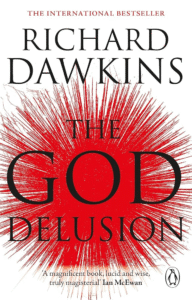The Burning Earth: Exploring Environmental History and Human Impact

The Urgency of Understanding
Sunil Amrith’s The Burning Earth: A History is a powerful exploration of the intricate relationship between humanity and the environment. This work sheds light on the environmental challenges of the modern world by examining their historical roots. The book weaves together a narrative of exploitation, resilience, and interconnectedness, urging readers to confront the pressing questions of climate change, resource depletion, and environmental justice. We delve into the key themes and takeaways from this compelling book.
The Environmental Crisis: A Historical Perspective
Amrith’s narrative begins with the industrial revolution, a turning point that dramatically altered humanity’s relationship with nature. The rise of industrial production and urbanization led to unprecedented levels of resource extraction, pollution, and ecological imbalance. By tracing the historical trajectory of environmental degradation, Amrith highlights the cumulative impact of human activities over centuries, showing that today’s environmental crises are not merely recent phenomena but the culmination of centuries of exploitation.
The Human Cost of Environmental Change
A major focus of the book is on the human cost of environmental changes. Amrith documents how communities, particularly in Asia and the Global South, have been disproportionately affected by climate change and environmental degradation. The book discusses displacement due to rising sea levels, the spread of diseases due to altered ecosystems, and the increasing frequency of natural disasters. By giving a voice to marginalized communities, Amrith calls for a more equitable approach to addressing environmental challenges.
Interconnectedness: Ecology and Society
Another central theme in The Burning Earth is the interconnectedness of ecological systems and human society. Amrith explores how environmental changes influence political, economic, and cultural developments. For instance, the scarcity of natural resources has often led to conflicts, while the struggle to preserve ecosystems has inspired new social movements. This holistic perspective encourages readers to see environmental issues as deeply embedded in the fabric of human life.
A Call to Action: Lessons from History
Amrith concludes the book with a call to action, urging humanity to learn from history to build a more sustainable future. He emphasizes the need for collective efforts to mitigate climate change, protect biodiversity, and ensure environmental justice. The book serves as both a warning and a source of hope, reminding readers that while humanity has the power to destroy, it also has the power to heal and restore.
A Transformative Read
The Burning Earth: A History by Sunil Amrith is more than a historical account; it is a profound reflection on humanity’s place within the natural world. By blending history, science, and storytelling, Amrith has created a work that resonates deeply with the challenges of our time. This book is an essential read for anyone seeking to understand the roots of environmental crises and the pathways toward a sustainable future. It leaves readers not only informed but also inspired to take action in the face of global environmental challenges.




















